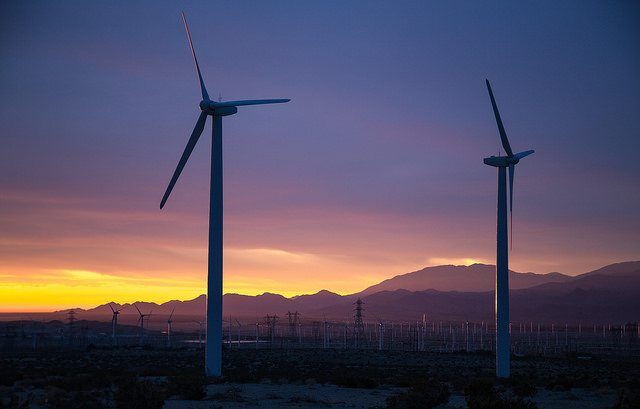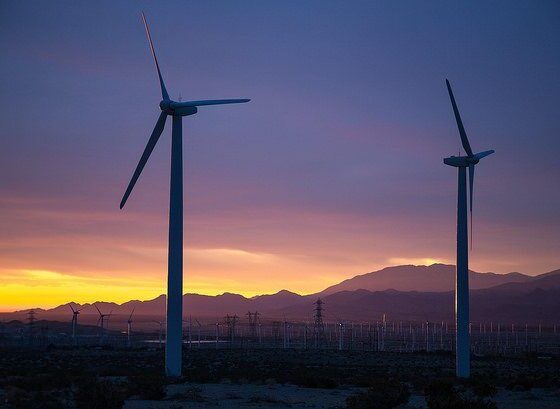

Editors Choice
Developing Rooftop Wind Energy For Efficient Residential Renewable Energy
The renewable race is on. On the path toward sustainability, renewable energy has come out as one of the most vital changes the world must pursue. Typically, solar energy has had the upper hand. Now, however, wind power is catching up in innovative ways. Rooftop electricity could be the big break that wind needs to become as common as solar for homes.
Rooftop Wind Energy
Wind turbines are typically huge, heavy structures. Some operate on land, and others function off-shore. Either way, their eco-friendly benefits are abundant. The wind is always flowing somewhere — harvesting it in clean ways brings about renewable change.
However, due to the sheer size of turbines, small-scale energy generation uses solar more often. Photovoltaic (PV) panels are easy to implement, inconspicuous, and require little maintenance. These benefits give them an advantage over wind energy. Commonly, solar panels appear on the rooftops of houses and buildings.
Now, wind energy is taking a page from the solar playbook. Rooftops are prime real estate. They are often empty spaces with plenty of room for resourceful inventions. Professionals can easily install smaller-scale wind turbines on residential roofs for power.
The advantage here is that wind energy operates at all hours. Solar, while it has storage abilities, can only convert sunlight into energy when the sun is out. In contrast, the wind blows throughout the day and night. These rooftop turbines could also operate off the grid — meaning individual households or businesses could use their own turbines apart from their city’s main power source.
How Wind Turbines Work
There are a few different rooftop wind power projects in the works. AeroMINE is a company that has been focusing on the efficiency and production of wind energy. This company uses airplanes as its basis for innovation. It uses the concept of how wind flows around the plane’s wings and channels within its airfoils design.
The air flows through a channel between two blades in the airfoil. This separates the current from the open air, operating similarly to a wind tunnel. As it flows through the tunnel and into an open pipe, the turbines start to turn.
This setup is different from the typical wind turbine design that uses giant blades to convert wind to energy. It works better for small-scale locations, like residential areas.
Elsewhere, a Dutch company, The Archimedes, is taking strides of its own. This business is using the Liam F1 turbine for wind power. Two problems that wind energy experts must work around is a low power output and lack of efficiency.
However, The Archimedes is working with this kind of turbine for rooftop power in rural and urban areas. The turbine uses 1,500 kWh per year — which could cover half the energy from a typical household.
Obstacles to Overcome
Challenges will certainly come with rooftop integrations. First, competition in the renewable field is fierce. Solar energy is a frontrunner alongside wind, but other renewables are also close behind. For instance, 7% of the United States’ power comes from hydropower.
As rooftop wind power becomes more common, though, people will focus on the expenses and maintenance needs. Costs will depend on location, regulations and scale of integration, but they could ultimately run high. Wind turbines will need to have high efficiency rates and power outputs to convince consumers and energy experts of their value.
Though most wind turbines are quiet, residents and workers will want to guarantee no noise comes from the systems. Experts are working on ensuring that noise levels don’t become excessive. Noise levels higher than generators or ventilation systems will likely receive complaints.
A Wind-Powered Future
With these strides in rooftop wind power, the industry is likely to gain momentum. As a bonus, many of these wind turbines are small and compact enough to share the roof with solar panels. With both renewables working together, the future can be more sustainable than ever.




























